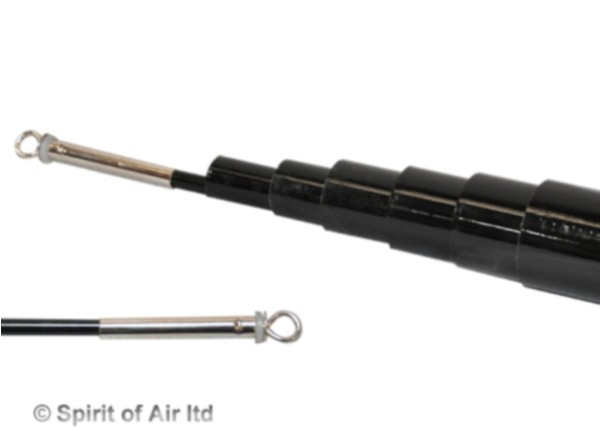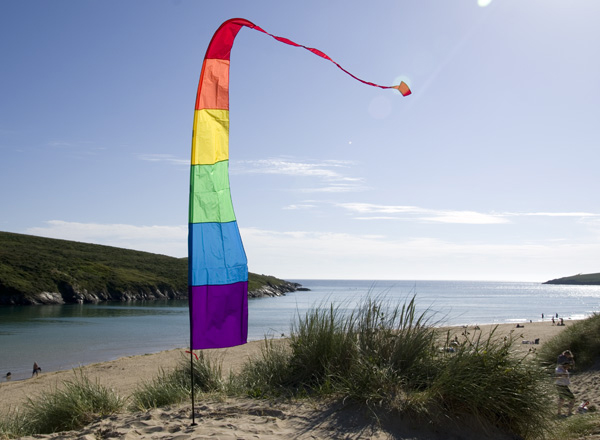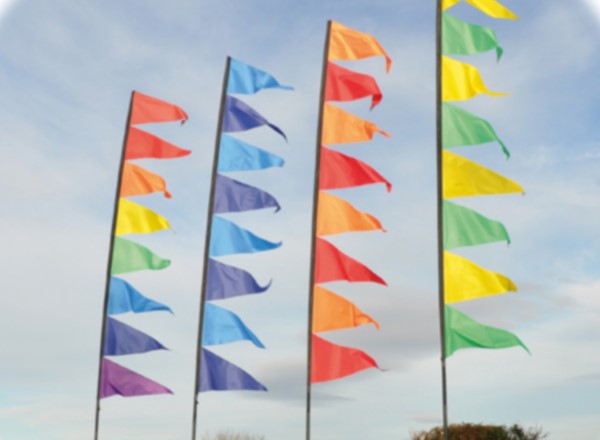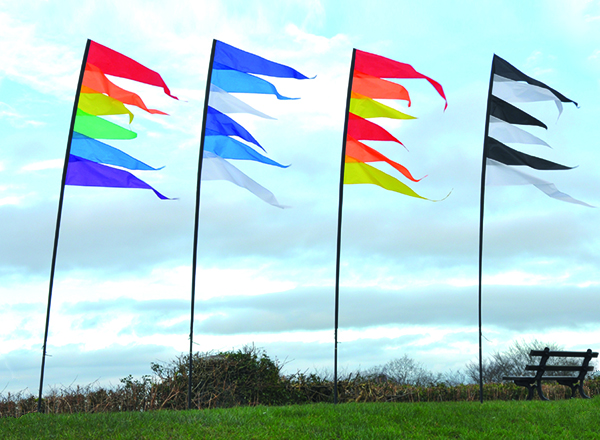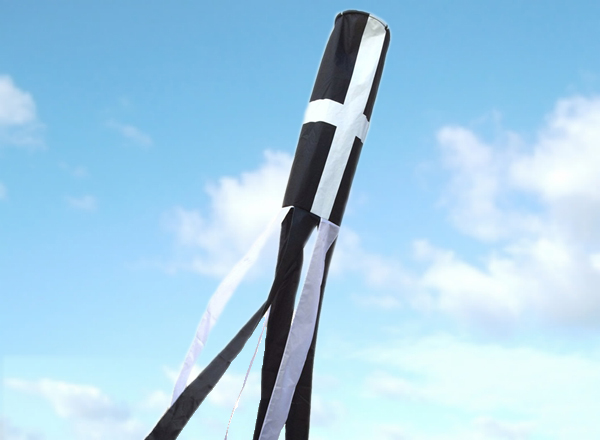Skyblue
Types of Rucksack
Daysacks: The term Daysack usually means any small backpack that would be used for short, minimal equipment activities. They are usually without an internal frame to support loads. These are popular for both outdoor activities and urban/travel applications.
Active packs: Sports such as running, cycling, adventure racing etc. tend to require small packs that are more stable and lighter than a daysack. Active packs are usually of similar volume to daysacks, but are often shaped and equipped to make them a far more stable to carry, as they are likely to be used when doing activities which involve moving fast.
Alpine packs: These packs are designed for and favoured by climbers. They tend to be made from very robust materials; Very lightweight designs are available, but these tend to be less durable than the more traditional designs made from tougher (but heavier) fabrics. A lot of smaller climbing packs are ideal for walking or weekends away. They are also ideal for carrying luggage while travelling.
Big Packs: This category incorporates both big trekking/backpacking packs and specialised travel packs. These packs are big load carriers and will often include an adjustable back system. Trekking/backpacking packs tend to be top-loader
packs; they often have side pockets, which on newer designs may be collapsible (in conjunction with the ever useful compression straps). Travel packs are usually zip entry (although you can get a few top-loader designs) and all have zip-away back systems, to protect the most vulnerable bit of the pack from the privations of baggage handlers etc.
Once you've decided on which sort of rucksack you want, go to an outdoor store to try on a few different models. If you can, put weight in the packs so that you have some idea of what it will be like on your trip.
Choosing a Rucksack
Decide what sort of backpack suits your needs best. Think about the contents and choose a rucksack that is big enough for the largest loads you will carry - but no bigger - the larger the backpack, the more you will want to fill it! Going too small will result in an overloaded rucksack and may feel unstable, forcing you to secure any extra gear on the outside, increasing the risk of loss or damage.
Fitting a Rucksack:
When trying on or fitting a rucksack, it should be suitably loaded (not totally overloaded) with the load distributed correctly (see Loading a Rucksack). Then follow these guidelines:
o Extend all adjustment straps to their longest position
o Position the hip belt so that 1/3 is above the crest of your hip. Make it tight (but still comfortable)
o Tighten the shoulder straps
o Tighten the lower straps
o Fasten the chest strap
The end result should be contact all the way around the shoulder on the scapular and shoulder pads.
Loading a Rucksack:
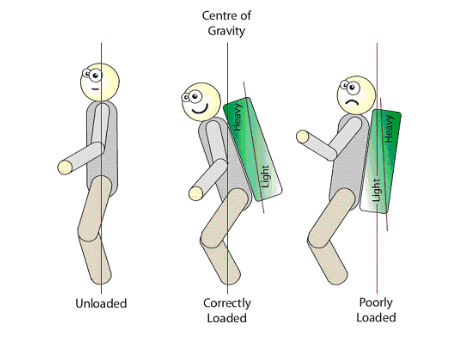
o Body positions are overstated in this diagram
Loading a backpack correctly is as important as adjusting it to fit. A pack should be loaded with most of the weight close to the body and central in the bag. Try not to carry more than 1/3 of your body weight. When you've fully loaded your rucksack, it should be able to sit on the ground upright or slightly leaning towards the harness - this will help you keep your centre of gravity when carrying your pack. Remember that 60-70% of the total weight should be carried on your hips.












